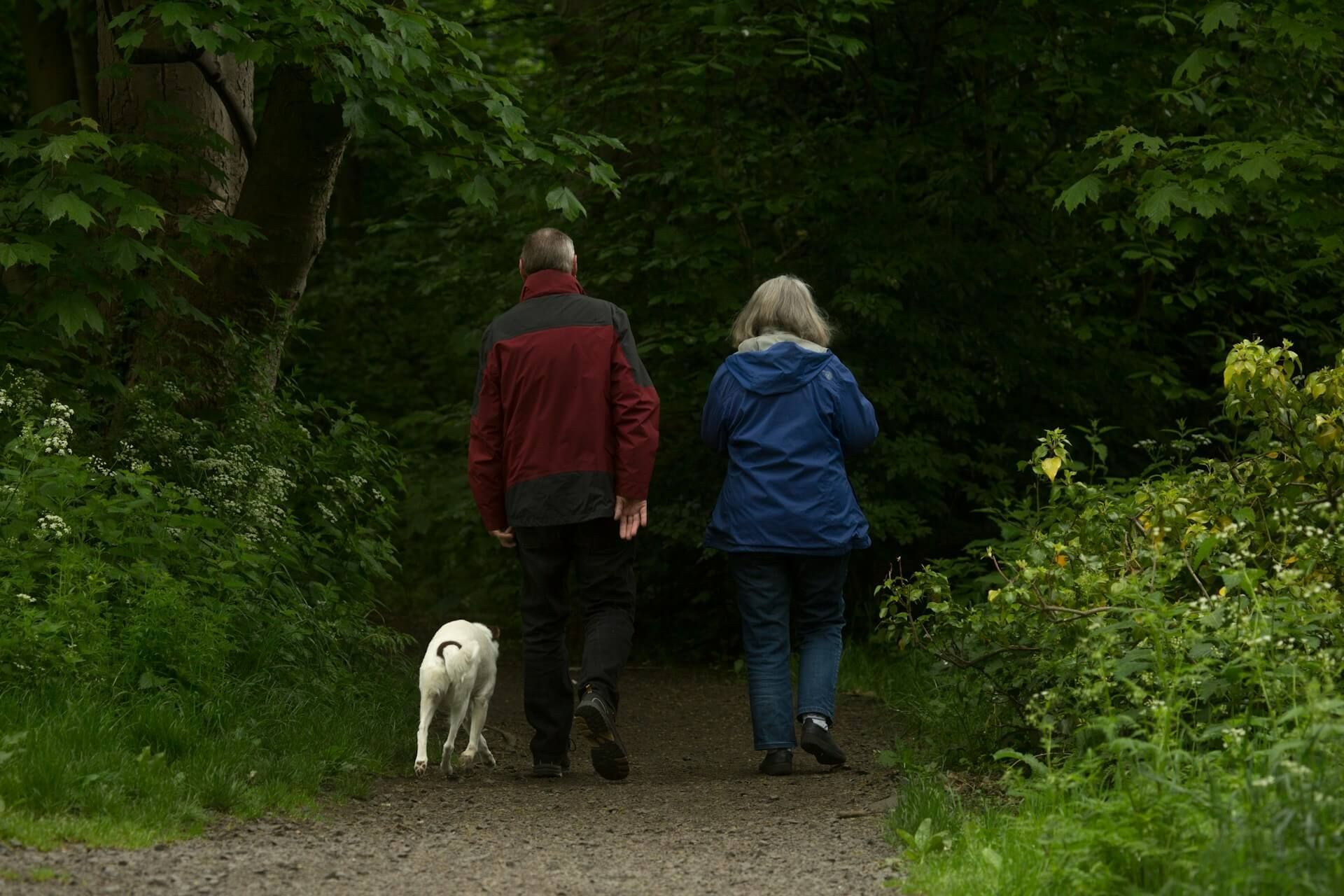We Like To Move It Moving Company
What Is Moving Burnout and How to Recognize it?

Moving to a new home is an exciting milestone, but it can also be an overwhelming experience. The physical demands, emotional upheaval, and logistical challenges can lead to what's commonly known as "moving burnout." This state of exhaustion can affect your well-being and hinder the moving process. Understanding how to recognize and address moving burnout is essential for a smoother transition.
Recognizing the Signs of Moving Burnout
Moving burnout manifests in various ways, including:
- Physical Fatigue: Persistent tiredness and lack of energy.
- Emotional Distress: Feelings of anxiety, irritability, or depression.
- Cognitive Overload: Difficulty concentrating or making decisions.
- Sleep Disruptions: Insomnia or restless sleep patterns.
Recognizing these symptoms early allows you to implement strategies to mitigate burnout effectively.
Strategies to Combat Moving Burnout
1. Plan Ahead and Stay Organized
Creating a detailed moving plan can alleviate stress. Break down tasks into manageable steps and set realistic timelines. Utilize checklists to keep track of progress and ensure nothing is overlooked.
2. Prioritize Self-Care
Amidst the chaos of moving, it's crucial to maintain routines that promote well-being:
- Regular Exercise: Engage in physical activities to boost mood and energy levels.
- Balanced Diet: Consume nutritious meals to sustain your body during the physically demanding moving process.
- Adequate Sleep: Ensure you get sufficient rest to rejuvenate and handle tasks efficiently.
3. Seek Support
Don't hesitate to ask for help from friends, family, or professional movers. Sharing responsibilities can reduce the burden and provide emotional support during this transitional period.
4. Maintain a Positive Outlook
Focus on the opportunities that come with moving, such as new experiences and environments. Embracing change with optimism can significantly reduce stress levels.
5. Take Breaks
Allocate time for short breaks to relax and recharge. Engaging in activities you enjoy can provide a mental respite from moving-related tasks.
How We Like to Move It, San Diego Can Help
At We Like to Move It, San Diego, we understand the challenges that come with relocating. Our professional moving services are designed to alleviate the stress associated with moving:
- Expert Planning: Our team assists in creating a comprehensive moving plan tailored to your needs.
- Efficient Execution: We handle the heavy lifting, packing, and transportation, ensuring a seamless move.
- Supportive Service: Our friendly staff provides support and guidance throughout the moving process.
By entrusting your move to us, you can focus on settling into your new home while we manage the logistics.
Conclusion
Moving burnout is a common but manageable challenge. By recognizing the signs and implementing effective strategies, you can navigate your move with greater ease. Remember, seeking support and maintaining self-care are key components in ensuring a successful and stress-free relocation.












